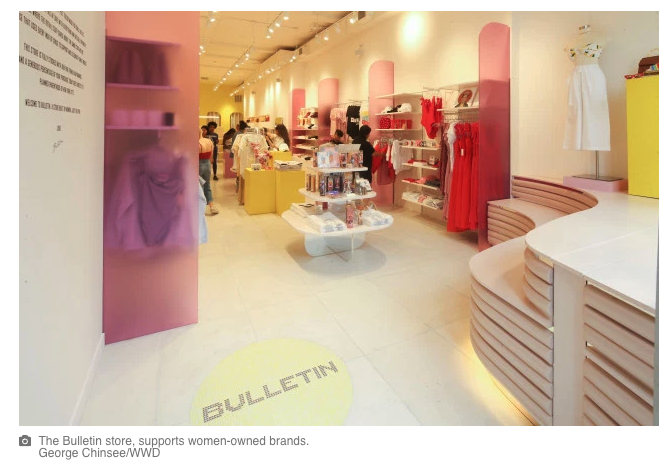In the U.S., there's a potent landscape for retailers and brands to take a stance on key issues plaguing the consumer's thoughts.

There’s no debate that the U.S. has and still operates with a widening partisan gap, and the issues that matter to one party aren’t prioritized by the other. The most vocal issues get the most attention, and the consumer dollar follows — and as these brands and independent artists reveal, cause-based commerce may be on the uptick.
Beginning with the key issues in play, the top priorities for Republicans in 2019, according to Pew Research’s most recent survey are terrorism, the economy and social security, while the top priorities for the Democrats are health care, education and the environment.
For the fashion industry and its fellows, there’s an important message here. At the mercy of their customers, fashion and beauty brands should aim for the core — “authentic” generation Gen Z and the drivers, the “dominant force” for retail: Millennials. In the U.S., Millennials are leading in spending in-store and online (74 percent share); impulse shopping (87 percent); and subscription box usage (31 percent), according to a recent study from First Insight, a customer-centric merchandising platform for retailers and brands.

















